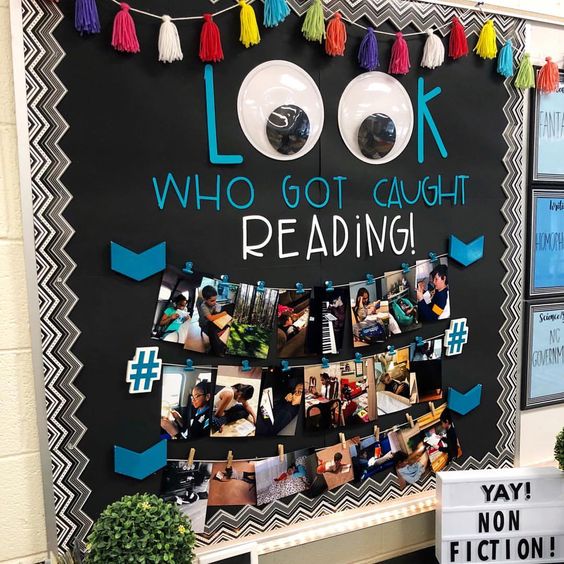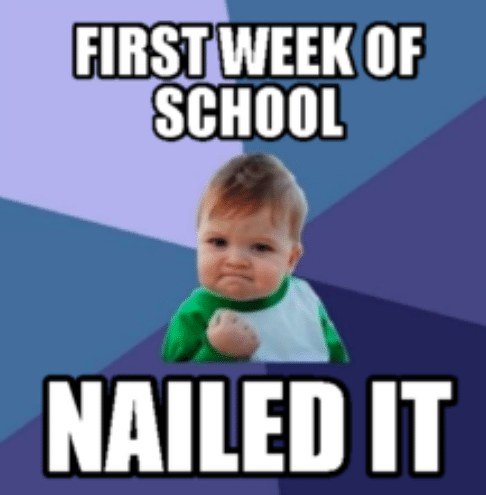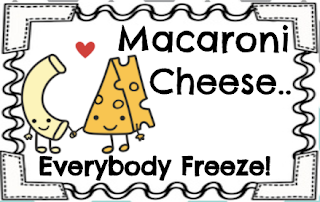My students really got involved in the inquiry process of discovering topics they were passionate about. They truly felt a sense of ownership, because they chose the topic and it was their personal article! When working on inquiry essays, students choose a research area based on a personal passion or interest. They develop inquiry questions about the topic and conduct research throughout the process, during which they take notes. These involve quoting, paraphrasing, and summarizing from the sources, but also processing the source information by connecting it to what they have learned and what they find intriguing.
Give students the ability to let their voices be heard. Teaching students to be passionate means helping them to maintain and build on the natural joy and enthusiasm they were born with. All children come in with a curiosity and a desire to learn that is never truly satisfied. Children need to feel they are part of the community and need opportunities to contribute in a meaningful way to society. Allow your child to take pictures of the things they see. Usually children photograph things that adults overlook or take for granted. Use these pictures as prompts for discussions and further exploration.
“I want to write about 3D printing!” one student exclaimed, sending my students into a flurry of chatter. Soon enough, all of our tablets were out and my students were flipping through pictures from our community walk, writing and drawing about buildings and other places they saw.
Although the project managed to unite us as a class, it also made it incredibly easy for me, as the writing workshop facilitator, to personalize for content, learning process, and ability level. I worked with some students on paragraph structure, crafty hooks, and exploring subtopics!
By gaining the momentum for a love of writing in this first project, we were propelled into our next learning arc when we turned to our Choose Your Own Adventure Project!
Children are more vested in their learning when they are able to choose what they learn. Authentic writing should allow for choice and voice. Students were able to explore topics they were passionated about or interested in.
When promoting authenticity in students’ writing, it is important to place a greater emphasis on the development of student's ideas. It is not about the end product, but the process of learning and engaging in real content. This is where inquiry comes in! When you give students the ability to research content that is relevant to them, the structure of writing becomes the support, not the focus. These structures then support both you and your students, even in the face of new content and opportunities that can arise only out of real-world experiences. It is through this exploration that you can bring the outside world into your mini-lessons, and your mini-lessons to the outside world.
The process of creating these articles can be very manageable if broken down step-by-step. I created a presentation with step-by-step lessons, models, graphic organizers, posters, and interactive journal sheets, to help support the development of success. Being a teacher in an inclusive classroom, it was important that I made this process obtainable for all students.
From choosing topics to writing crafty conclusions, this project was thought through with every little detail!
I modeled for students by choosing a topic I was passionate about, sloths!
Students are then able to take all of their information that they researched and put it into a newspaper/article format! Each one turned out unique and their voices truly shined through! If you are interested in this product, click on the image below!








































